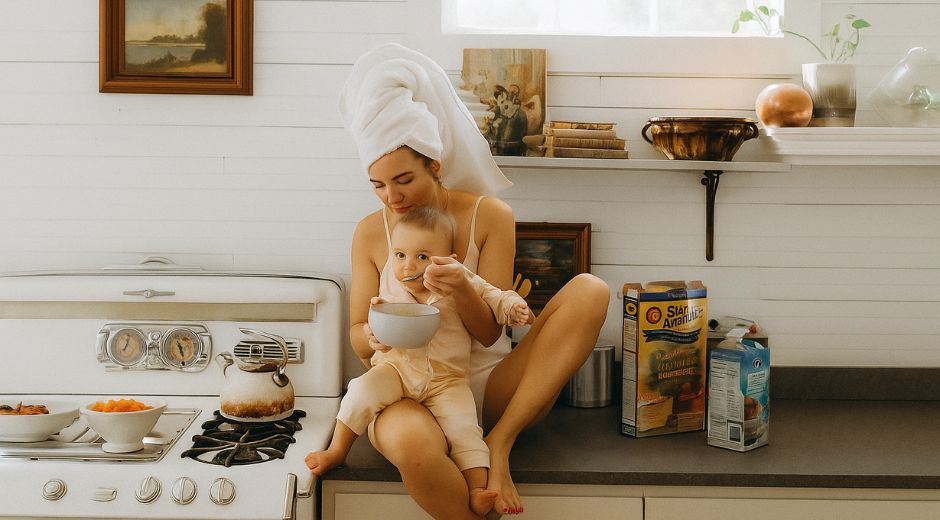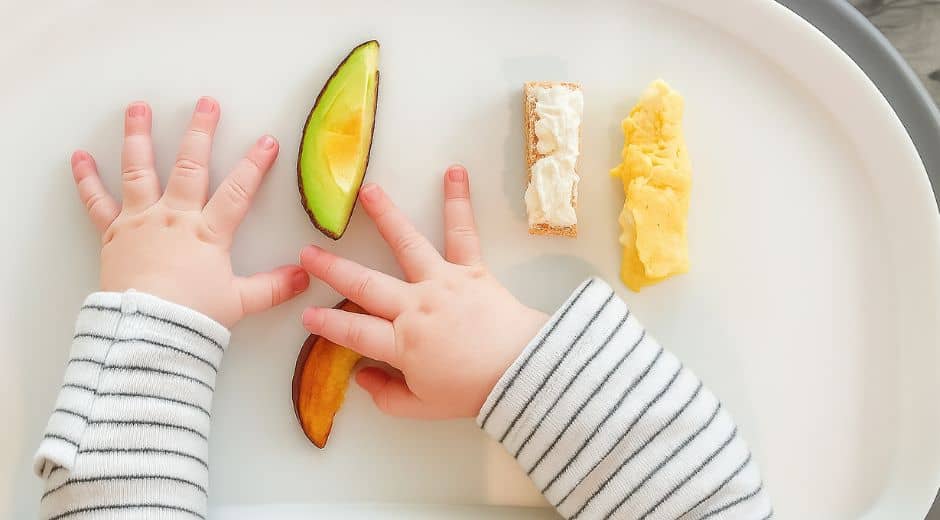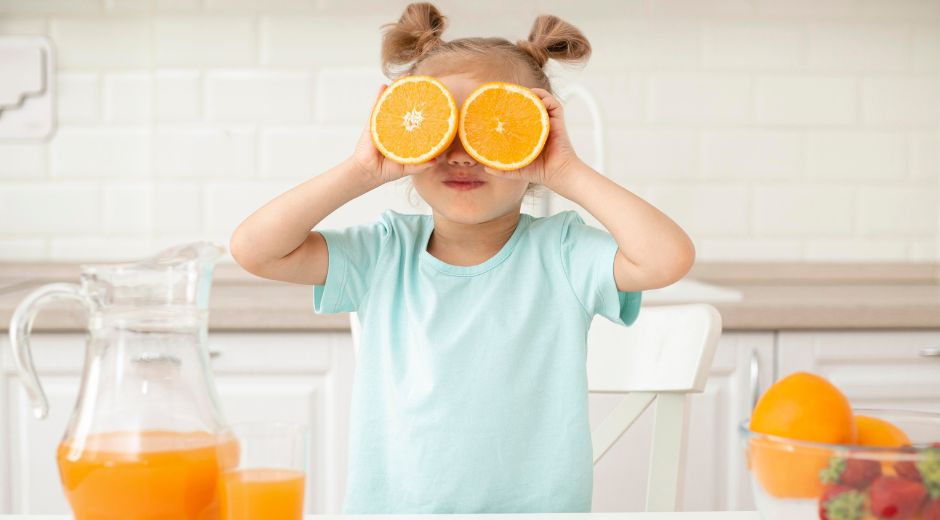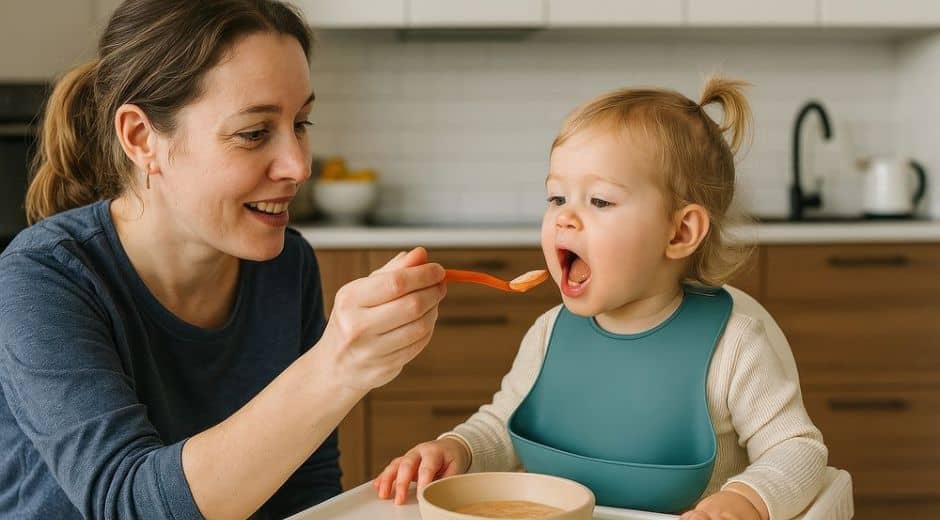Healthy Minds, Happy Homes: Emotional Wellness for Families
Healthy Minds, Happy Homes: Emotional Wellness for Families
Every parent dreams of a peaceful, loving household — one filled with laughter, connection, and warmth. But behind every Happy home is something deeper: emotional wellness. When families nurture their mental and emotional health together, daily life feels lighter, calmer, and more connected.
Parenting isn’t just about feeding, teaching, or guiding — it’s about understanding. A truly thriving family learns to speak the language of emotions with compassion and patience. As shared on Parents, emotional wellness is the foundation of healthy family relationships and child development.
At its core, a Happy home is not about perfection — it’s about presence.
Understanding Emotional Wellness
Emotional wellness means more than feeling good. It’s about having the tools to navigate life’s ups and downs with resilience and grace. For families, this looks like communication that’s open, emotions that are welcomed, and support that feels unconditional.
Children learn emotional intelligence by watching how their parents respond — not only to them, but to stress, disappointment, and conflict. When we model calm instead of chaos, empathy instead of anger, our kids learn that emotions are safe and manageable.
Building emotional wellness at home doesn’t require grand gestures. It starts with small moments — listening fully, apologizing sincerely, and celebrating progress over perfection.
The Science of Connection
Studies continue to show that emotional security is one of the strongest predictors of lifelong well-being. When children feel emotionally connected, they develop confidence, empathy, and better stress regulation.
Parents who prioritize connection build what psychologists call “secure attachment” — the invisible bond that gives children the courage to explore the world, knowing they are loved no matter what.
As noted by Fixolix, healthy emotional bonds within families also improve communication and reduce long-term anxiety. A Happy home is a connected one — where every voice matters, and every feeling finds a place to rest.
The Parent’s Emotional Mirror
Children reflect what they see. Our energy sets the emotional tone of the home. If we rush through life overwhelmed and distracted, our children absorb that rhythm. But when we slow down, breathe, and practice calm, they learn that peace is possible — even in busy lives.
Emotional regulation begins with the parent. Taking five minutes to pause before reacting, naming your own emotions aloud (“I’m feeling tired right now, but I love you and I’ll listen in a moment”), and showing kindness to yourself are all forms of teaching.
Parenting doesn’t demand perfection; it asks for awareness. When we nurture our own mental health, we gift our children a sense of safety — and that’s the root of a Happy home.
Mindful Communication
Every conversation shapes the emotional landscape of your home. Mindful communication means slowing down to understand, not just to respond.
Instead of “You’re fine, stop crying,” try, “I see you’re upset — do you want to tell me why?” This simple shift turns correction into connection.
Empowered families practice active listening — putting away distractions, maintaining eye contact, and truly hearing one another. Over time, children internalize this approach and become more emotionally articulate and empathetic themselves.
When families speak with kindness and clarity, their relationships flourish — and their home becomes a Happy haven of understanding.
Creating Emotional Routines
Just like meal times and bedtimes, emotional wellness thrives on consistency. Consider introducing small, meaningful rituals that promote connection and reflection.
Here are a few ideas:
Highs and Lows” at Dinner: Each family member shares one good moment and one challenge from the day.
Morning Affirmations: Start the day by saying something kind to each other — even a simple “I love how brave you are.”
Quiet Moments Together: End the evening with five minutes of calm — breathing, reading, or simply sitting together in gratitude.
These habits build resilience and emotional literacy. They remind every family member that their feelings have value, their voice is heard, and their home is a safe space.
A Happy family isn’t one without conflict — it’s one that knows how to repair it.
The Role of Self-Care in Family Health
You can’t pour from an empty cup — and no one understands this more than parents. Self-care is not selfish; it’s essential. When parents tend to their mental health, the entire family benefits.
Go for a walk, call a friend, rest when you can, and say “no” without guilt. These small acts recharge your emotional energy, helping you show up with patience and empathy.
At CoolParentingTips, we remind every parent that caring for yourself is part of caring for your children. A calm parent creates a calm home — and that peace ripples outward.
Self-awareness is the seed of every Happy home.
Handling Stress Together
Modern life can be overwhelming, even for children. School pressure, social media, and constant stimulation affect emotional balance. That’s why it’s crucial for families to face stress together, not alone.
A Happy home is one where emotions are shared safely. Encourage your kids to talk about what worries them. Validate their feelings before jumping into solutions. Simply saying, “That sounds really hard,” can dissolve fear faster than advice.
When stress arises, practice family mindfulness — a few deep breaths together can shift the energy instantly. By tackling challenges as a team, you teach resilience and unity.
Healing Through Understanding
Emotional wellness isn’t a destination; it’s an ongoing practice. Healing old patterns and learning emotional skills takes time, but the results are profound.
When families commit to open communication and forgiveness, they rewrite generational stories. Old habits of silence or anger give way to empathy and growth.
True healing begins with one Happy choice at a time — to listen more deeply, love more openly, and let go more gently.
The Joy of Emotional Balance
In the end, emotional wellness is what turns a house into a home. It’s in the laughter at breakfast, the hugs after mistakes, and the quiet moments of gratitude before bed.
Families who prioritize emotional health discover that happiness isn’t built on having more — it’s about being more connected, more present, more aware.
Because when minds are healthy, homes become Happy.
And that, darling, is the secret to lifelong family wellness.
Learn Bond Bloom

Calm Corner Setup for Emotional Regulation
Calm Corner Setup for Emotional Regulation

Big Feelings Tools Kids Can Learn Fast
Big Feelings Tools Kids Can Learn Fast

Picky Eating Solutions That Feel Simple
Picky Eating Solutions That Feel Simple

Morning Routine Ideas for Smoother Days
Morning Routine Ideas for Smoother Days













